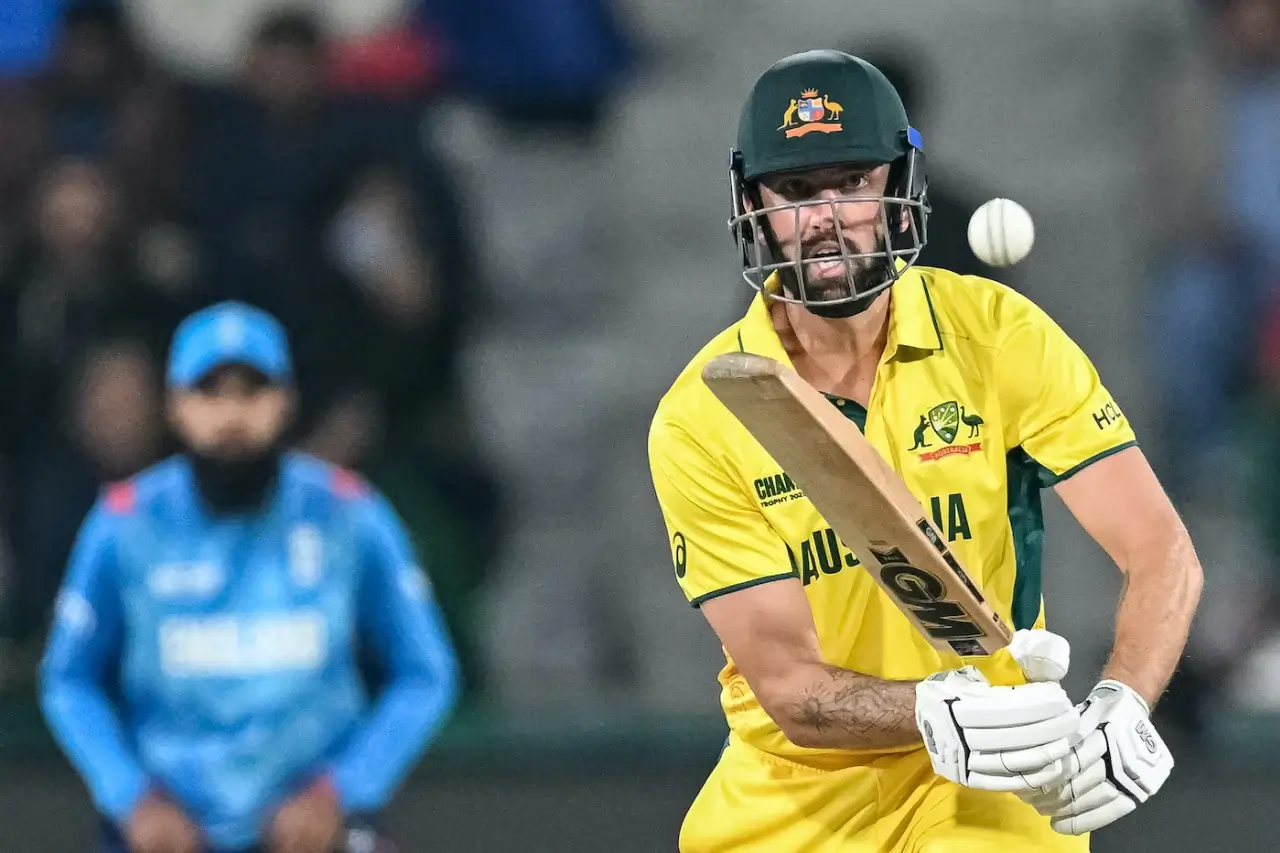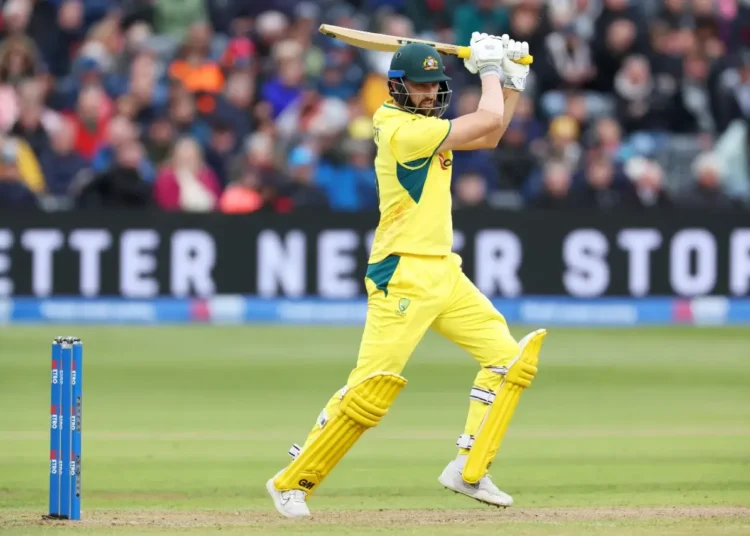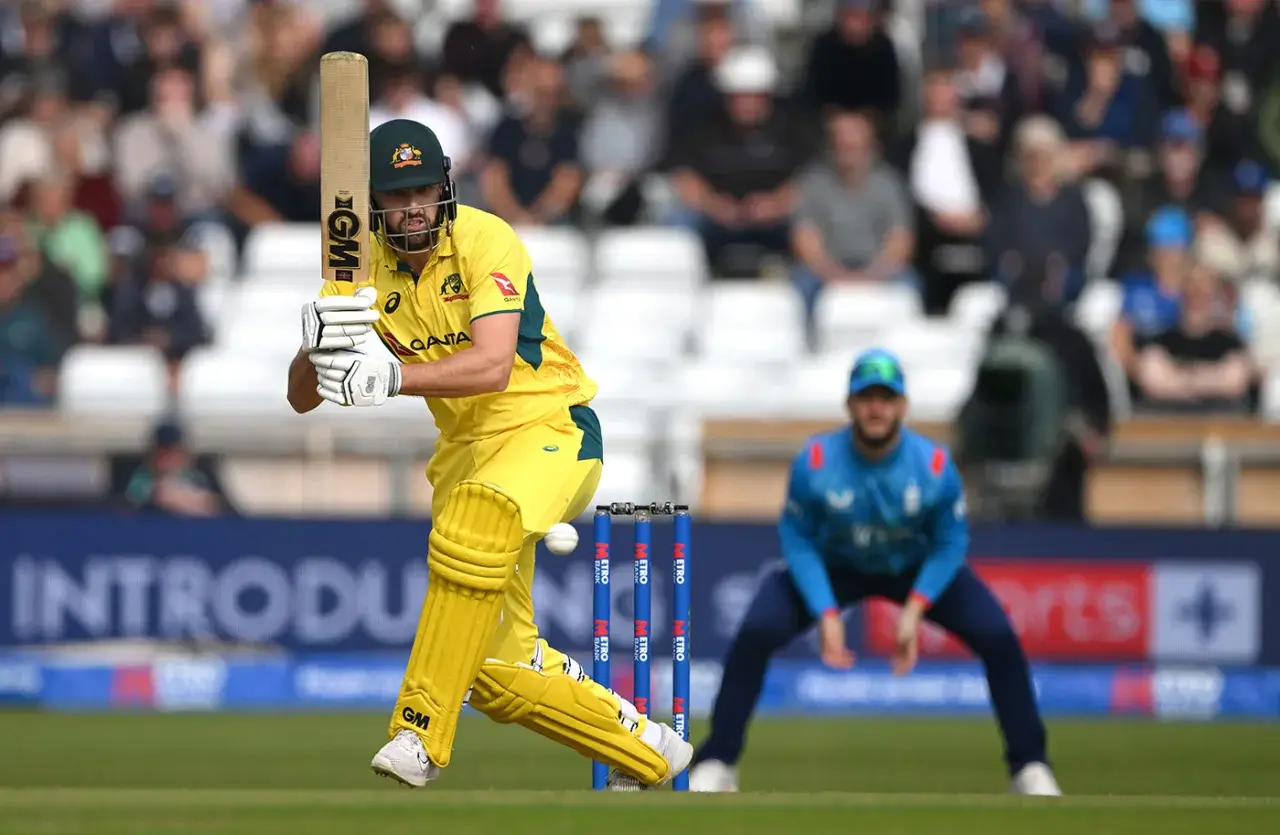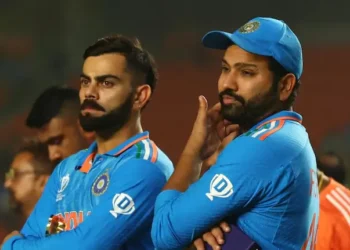Matt Short knows frustration better than most cricketers right now. For two seasons, injuries and interruptions have tested his rhythm and timing. Yet as Australia builds toward the 2027 ODI World Cup, he sees a fresh window to claim a top-order spot. Perth’s rain-truncated opener wasn’t the dream start he wanted, but Short remains focused on finding form before the series ends.
He made only eight runs before falling to Axar Patel, slicing to short third. The dismissal summed up his recent trend — good setup, poor finish. But despite the lack of runs, Short believes his movement and intent are fine. He just needs to turn starts into results. His challenge now is time. With Cameron Green and Josh Inglis injured, the selectors are testing backup combinations. The opening slots after Travis Head and Mitchell Marsh are under review, and Short knows this could be his shot.
Short has done it before — his BBL heroics turned heads across formats. But ODI cricket needs more patience and adaptability than T20 bursts. For him, this series isn’t just about runs; it’s about proving consistency. Australia’s white-ball plans are shifting fast, and Short must show he belongs in that next core group before others overtake him.
The Road from BBL Stardom to National Pressure

Matt Short’s journey to international cricket started in the Big Bash League. He became a revelation for Adelaide Strikers when promoted to open in the 2021-22 season. That one move changed everything. From a struggling domestic player, he turned into one of the most dominant performers in Australia’s T20 setup. His century during a record 230-run chase against Hobart Hurricanes made headlines, and his back-to-back Player of the Tournament awards confirmed his potential.
Those achievements earned him an IPL deal with Punjab Kings and an Australia debut soon after. But as quickly as success came, injuries halted his progress. A quad strain ruined his Champions Trophy campaign, followed by a side injury that sidelined him for the South Africa series. Since then, he has struggled for rhythm in 50-over cricket. His recent scores — 0, 20, and 12 — show inconsistency.
Still, selectors view Short as a long-term project. His ability to bat in multiple positions gives him an edge in a post-Steven Smith and Glenn Maxwell era. The competition is fierce, but Short’s adaptability and striking ability keep him relevant. His challenge is to pair aggression with composure — the combination that separates raw talent from established match-winners.
Short’s Need for Conversion Under Pressure
In ODI cricket, starts mean nothing without conversion. Short’s strike rate is excellent, but his average is not. He has two fifties from 16 games, both promising but incomplete. For Australia’s selectors, that’s the biggest concern. They know he can dominate powerplays, but can he rebuild under pressure?
Short admits he must “stay flexible and bat wherever required.” That attitude helps, but the scoreboard must follow. If he can build innings around rotation instead of risk, he’ll gain the trust needed for consistent selection. The upcoming games are his best chance to show it.
The India Series — Short’s Defining Test
The India series offers more than match practice. It’s a stress test for Australia’s next generation. Short knows this. Every inning matters because opportunities at the top don’t come often. Australia’s management is rebuilding after years of stability. With Green and Inglis out, and Marsh and Head leading, one solid performance could change everything for Short.
His eight in Perth wasn’t ideal, but he looked comfortable until that error. He moved freely, picked gaps, and played with intent. The conditions were tricky — slow surface, rain delays, and tight fields. What matters now is his response. Short’s past shows he thrives on comebacks. He has rebuilt before — after being dropped from the Melbourne Renegades, he reinvented himself at Adelaide. He knows how to fight his way back.
This ODI series is that moment again. He doesn’t need fireworks, just control. If Short can score a steady 70 or 80, it will silence doubts about his role. His body language remains confident, and his preparation sharp. The task now is execution — converting effort into impact when it counts most.
Small Fixes That Can Transform Short’s ODI Game
Short doesn’t need a reinvention, just refinement. His biggest weapon — aggressive intent — must come with better pacing. Playing straighter early and rotating strike will bring fluency. Choosing his moments to attack, especially against spin, can build longer innings.
Improving his shot discipline after powerplay overs is key. In T20s, he’s used to accelerating fast, but ODI cricket rewards patience. A better risk-reward balance could lift his average by ten runs easily. With that, selectors won’t see potential — they’ll see reliability.
What Selectors Want — Consistency and Adaptability?
Selectors are watching not only Short’s runs but also his temperament. In modern cricket, mindset matters as much as mechanics. The 2027 World Cup cycle is long, but plans start now. Australia need players who can bat deep, absorb pressure, and switch gears. Short’s recent interviews suggest he understands that expectation. He’s prepared to bat anywhere — opening, number three, or lower — as long as he contributes meaningfully.
That flexibility increases his value. The ability to handle multiple roles can define modern careers. For Short, it might be the difference between being a backup and being a core starter. Coaches like his energy and fielding quality too, adding all-round depth. His bowling remains secondary, but even a few overs can strengthen his case.
Ultimately, selectors want proof of adaptability. They’ve seen promise, now they want proof under real pressure. The India series could be the turning point. If Short shows control and confidence in these conditions, Australia’s future top order might already be half written.
The Fan Factor — Why Short’s Success Matters
Fans have followed Short’s story since his BBL breakout. His rise from domestic uncertainty to international promise feels relatable. He represents the next wave of Australian cricket talent built on domestic excellence. Every fan who watched him dominate the BBL knows what he’s capable of.
His success would also validate Australia’s selection model — rewarding domestic consistency and readiness. If Short fires against India, it won’t just boost his confidence; it’ll energize fans, too. He could become the new bridge between flair and reliability in Australian white-ball cricket.
Conclusion
Matt Short’s cricket journey has been filled with peaks and pauses. From BBL fireworks to frustrating injuries, he’s seen both the high and the halt. Now, against India, he has a final window to reassert himself as a key name for 2027.
His numbers might not tell the full story, but intent does. Short’s aggression, fitness, and adaptability fit modern ODI demands perfectly. What he needs now is consistency — the quiet 70s and 80s that win matches without flash. That’s what selectors crave, and what fans expect.
If Short turns his frustration into focus, this series could redefine him. It’s not about proving he can hit; everyone knows he can. It’s about proving he can finish, stay, and own big moments. That’s how ODI careers are built — innings by innings, mistake by mistake.
As Australia reshuffle their plans, Short stands ready at the door. The next few games could decide if he walks through it or watches from behind. Either way, the story is far from over — and for Matt Short, this might just be the chapter that changes everything.















